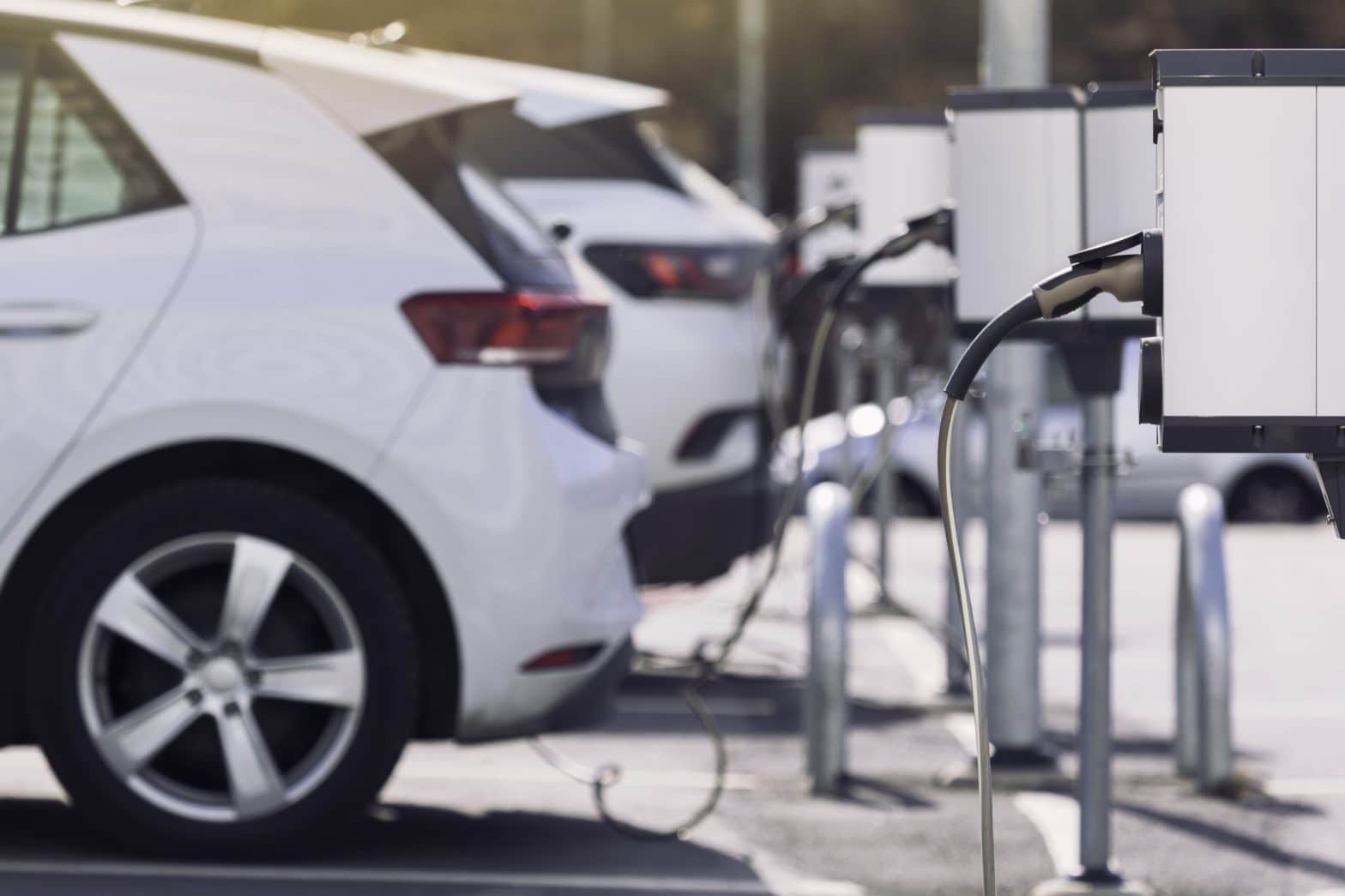Electric vehicles can be a pain to insure. Fixing the problem would give reluctant buyers one less thing to worry about.
You can still get insurance for any vehicle in any state but, at a time when motorists already are moaning about expensive coverage, EVs could add to the burden. They are often more expensive than gas-powered cars and typically cost more to repair, which leads to larger claims.
In the U.S., the average severity of a claim for a repairable EV was $6,066 in the first quarter, nearly 30% higher than for internal-combustion-engine (ICE) vehicles, according to Mitchell, which provides software and data to auto insurers and the collision-repair industry. Car-rental agency Hertz, which in 2021 announced its plan to buy 100,000 Teslas, sending both its stock and that of the automaker higher on the news, has reversed course this year. The company cited the “damage expense associated with EVs” in its January decision to sell a third of its EV fleet.
Part of that cost can be the greater work involved: over three mechanical labor hours on average for a repairable EV claim estimate, versus less than two for ICE vehicles, according to Mitchell data. Mechanics sometimes have to de-energize electric vehicles before removing their high-voltage batteries to avoid damaging them during repairs, Mitchell said.
There may be behavioral driving changes, too. EVs naturally have more torque, which means that their electric motors can instantly deliver power to the transmission. Some insurers worry that faster acceleration from traffic lights could lead to more accidents, though some reviews have also found that EVs are less frequently involved in insurance claims.
A review in May by Insurify, based on quotes on its online insurance-comparison platform, compared quotes for 13 popular EV models to gas-powered cars of similar cost and size. Insurify found the monthly EV premium cost to be on average 12% higher. It focused on drivers with clean driving histories and on newer-model vehicles.
The recent rise in insurance costs reflects companies catching up. The so-called combined ratio for U.S. personal auto insurers industrywide hit 112% in 2022 and 105% last year, according to Fitch Ratings. This ratio means an insurer made an underwriting loss, paying out more in claims and expenses than they collected in premiums.
It isn’t just an American problem. In China, where EVs now account for about two-fifths of sales, the combined ratio on EV policies for insurers was over 100% in 2023, according to a review of company reports by economists at the Swiss Re Institute.
Insurers may opt to focus on EVs anyway. Sales have stalled lately in Western markets, but they are still projected to grow by around 20% this year to nearly 17 million units globally, according to the International Energy Agency. Some insurers even offer EV discounts.
“It may make sense for an insurer to improve their brand footprint in a certain market—use it as a loss leader,” says Ryan Mandell, Mitchell’s director of claims performance.
Yet some insurers might want to prioritize profit. Personal auto policy writers globally are just emerging from a surge in claims costs due to inflation and have been seeking to raise drivers’ rates. Fitch Ratings now anticipates that U.S. personal auto insurers could see the industrywide combined ratio fall to approximately 100% this year.
Time could help alleviate EVs’ repairability problems. As the recycling and secondary parts and vehicles market evolves, mechanics learn and manufacturers adapt. “My belief is that you will see the insurability costs begin to come down as EVs scale,” says Craig Carrington, who runs commercial-vehicle insurance and financing for Ford Motor.
Many are calling for carmakers to work with insurers to find ways to improve repairability. “Deeper cooperation of EV insurers and carmakers may help to support better outcomes for all parties,” Swiss Re Institute economists wrote. Tesla just hired an executive from Berkshire Hathaway’s Geico to make its cars easier and cheaper to insure.
One complication is the trend toward “gigacasting”—using smaller numbers of larger cast parts to make vehicles. Tesla has championed the technology, and others, including Toyota, are now following. But it could make cars even more expensive to repair. If lower production costs mean higher insurance costs, then drivers won’t actually save money.
More complicated cars aren’t all bad: Whether in EVs or traditional cars, digital technology holds the promise of lowering insurance costs because it generates the kind of driver data that could potentially help underwriters manage risks better. This is one reason carmakers increasingly offer insurance.
Prompted in part by customer complaints that its products were expensive to insure, Tesla launched an insurance business in California in 2019, promising rates up to 30% cheaper than other providers. General Motors and Ford followed suit.
Ford offers a 10% discount on insurance to fleet managers in exchange for consent to use their data, with a view to using it to help them reduce risky driving behavior and hence insurance costs. Vehicle-generated data can identify some driving practices that a smartphone can’t, such as seat-belt usage, says Ford’s Carrington.
But such products all still appear to be at the startup stage. Although Tesla Chief Executive Officer Elon Musk said in an October 2020 earnings call that insurance could one day account for 30% to 40% of the company’s total value, he has barely mentioned it in more recent business updates.
For now, the Silicon Valley dream of reducing costs through better driving data appears to be overwhelmed by the mundane realities of waiting around at the repair shop.
https://www.wsj.com/business/autos/ev-insurance-cost-cfc5434a?mod=Searchresults_pos2&page=1












